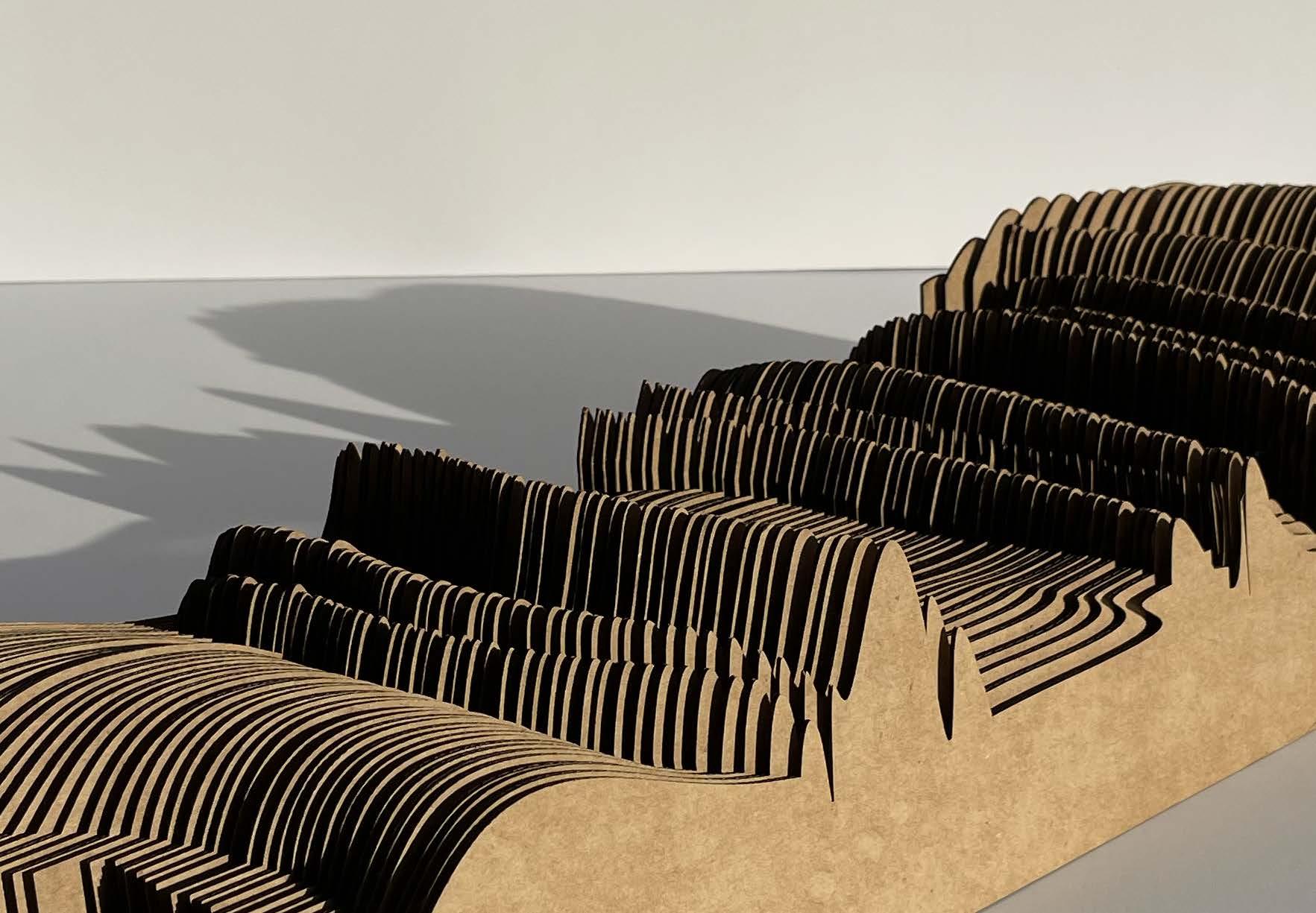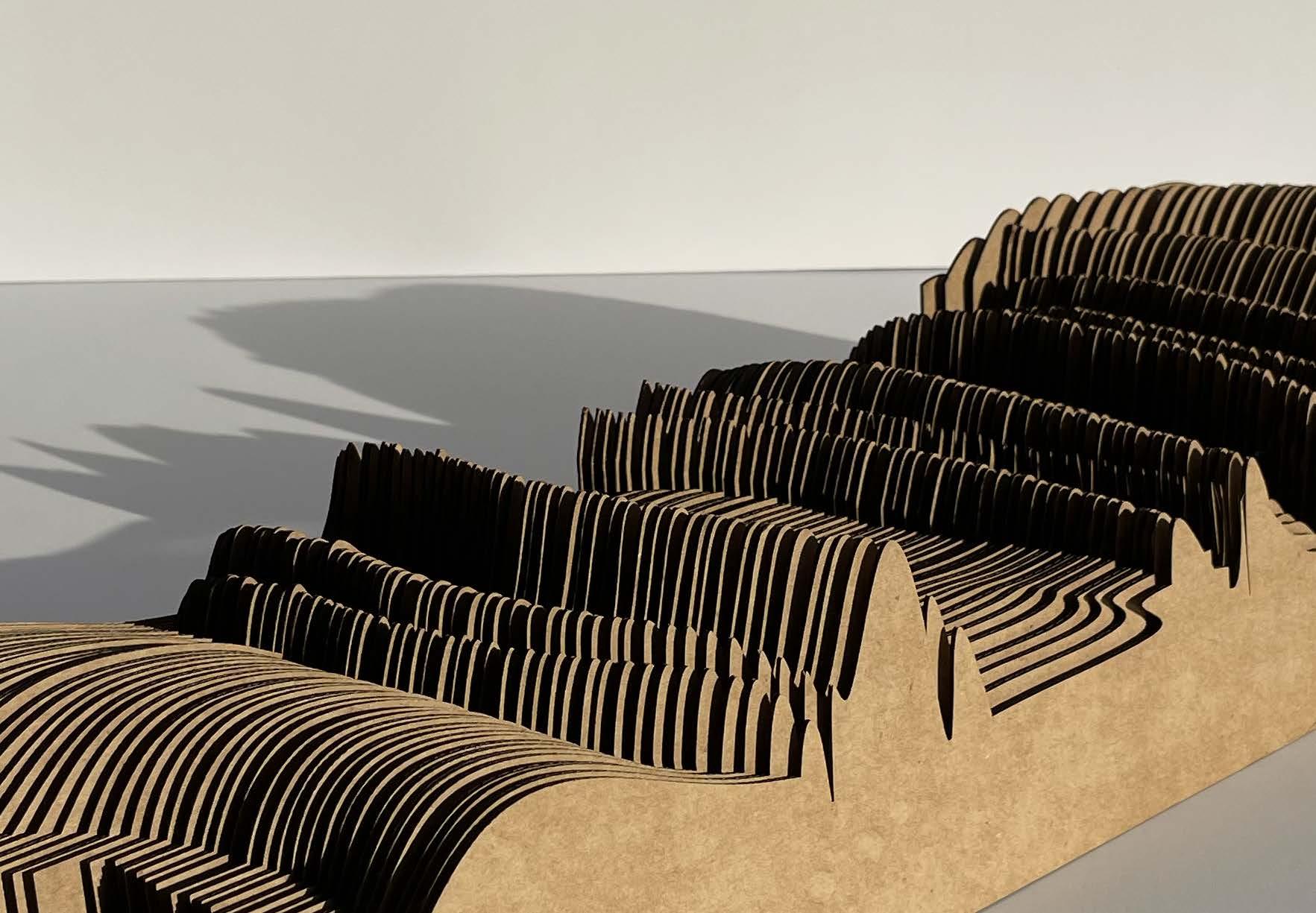
1 minute read
Landform Reliefs
Field Configurations
Layers and Material Aggregation
Advertisement
Sets of paired graphic images as containing grains, textures, and patterns coming from nature, culture, and technology were organized as diptychs. The reciprocal relationships were expanded into scrolls, culminating all three aspects of the design source (nature, culture, and technology) into a single image.
2D graphics were advanced to 3D configurations through the production of two relief models
Relief designs were inspired by organic movements. The concept of folding and layering found in cloth, and man made forms but also in nature is represented in both reliefs. These concepts were drawn in part from the diptych and scroll images. In Relief 1 the design undulates and has a textured folding. The cardboard is oriented so that corrugation remains consistent throughout the design. In Relief 2 looser forms are combined with extrusions varying in height to create rifts. A rippling pattern is revealed in the more organic forms and cardboard is oriented so that contrast between flat surfaces and curves is emphasized by the corrugation.
Relief designs were inspired by organic movements. The concept of folding and layering found in cloth, and man made forms but also in nature is represented in both reliefs. In Relief 1 the design undulates and has a textured folding. The cardboard was oriented so that corrugation remains consistent throughout the design. In Relief 2 looser forms are combined with extrusions varying in height to create rifts. A rippling pattern is revealed in the more organic forms and cardboard is oriented so that contrast between flat surfaces and curves is emphasized by the corrugation.
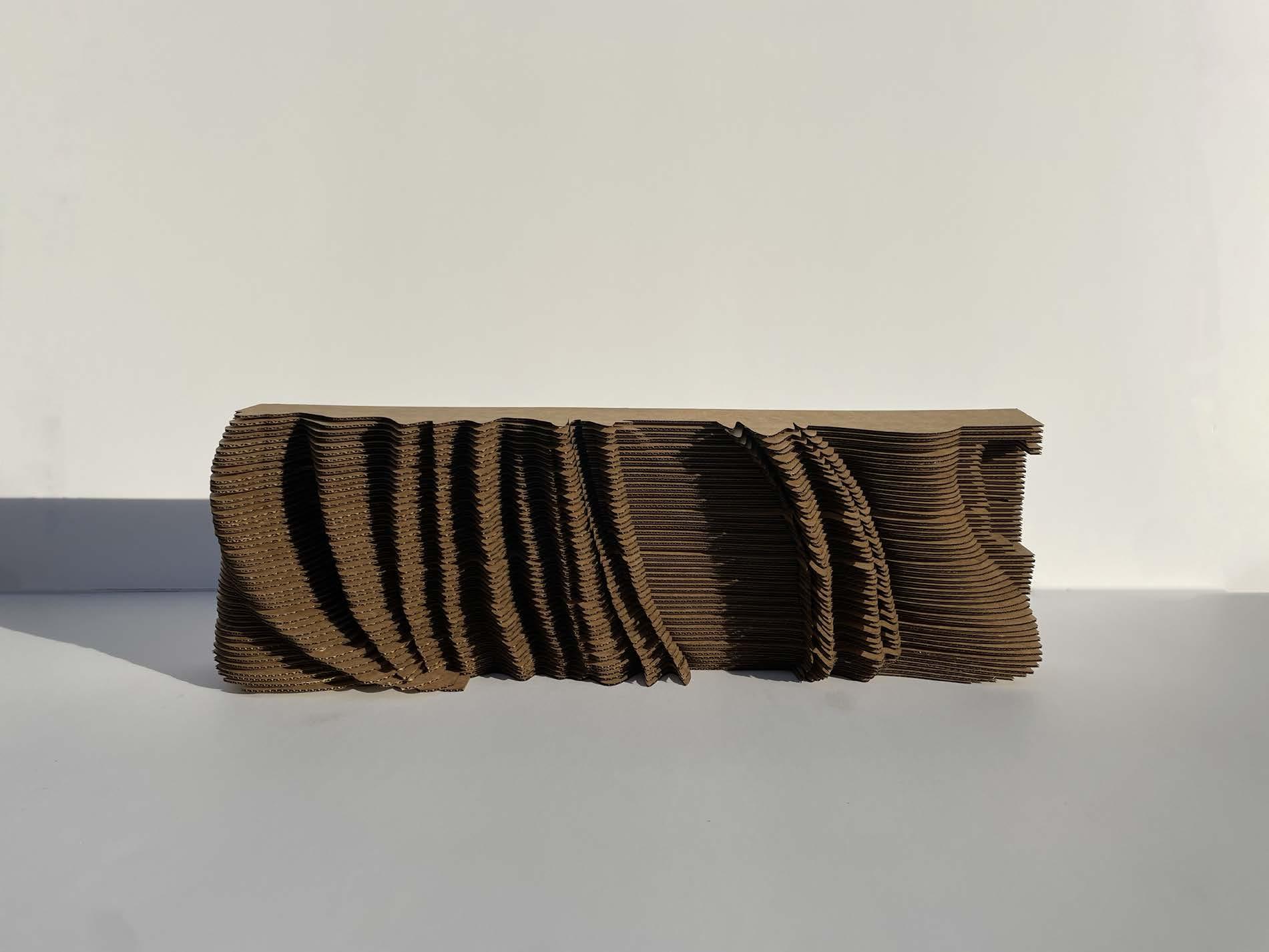
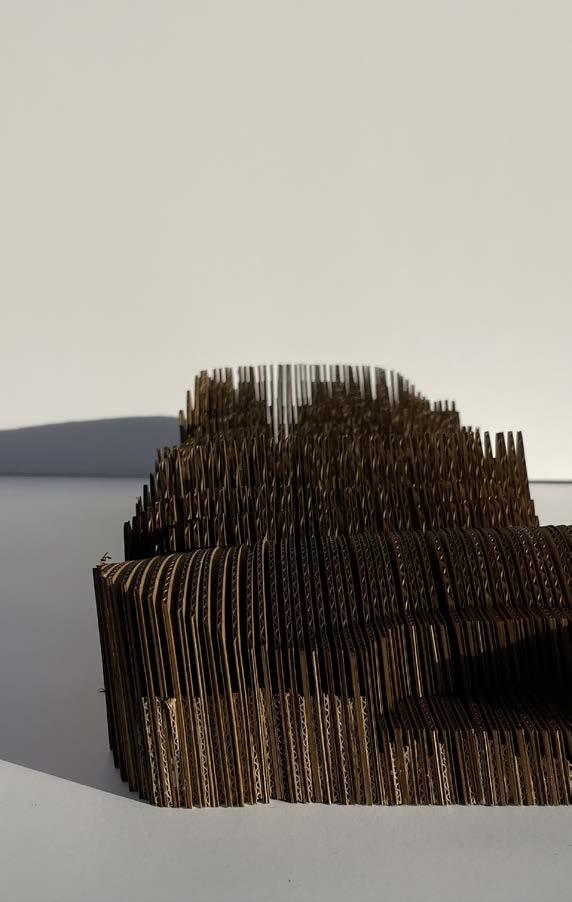
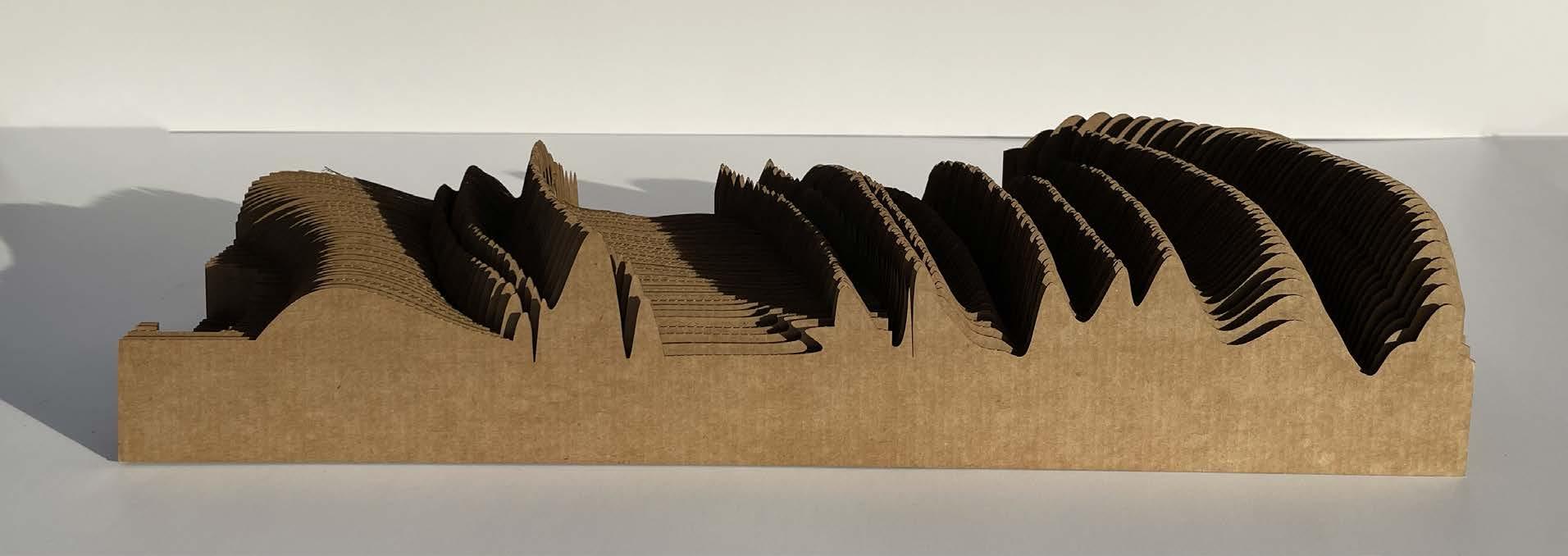
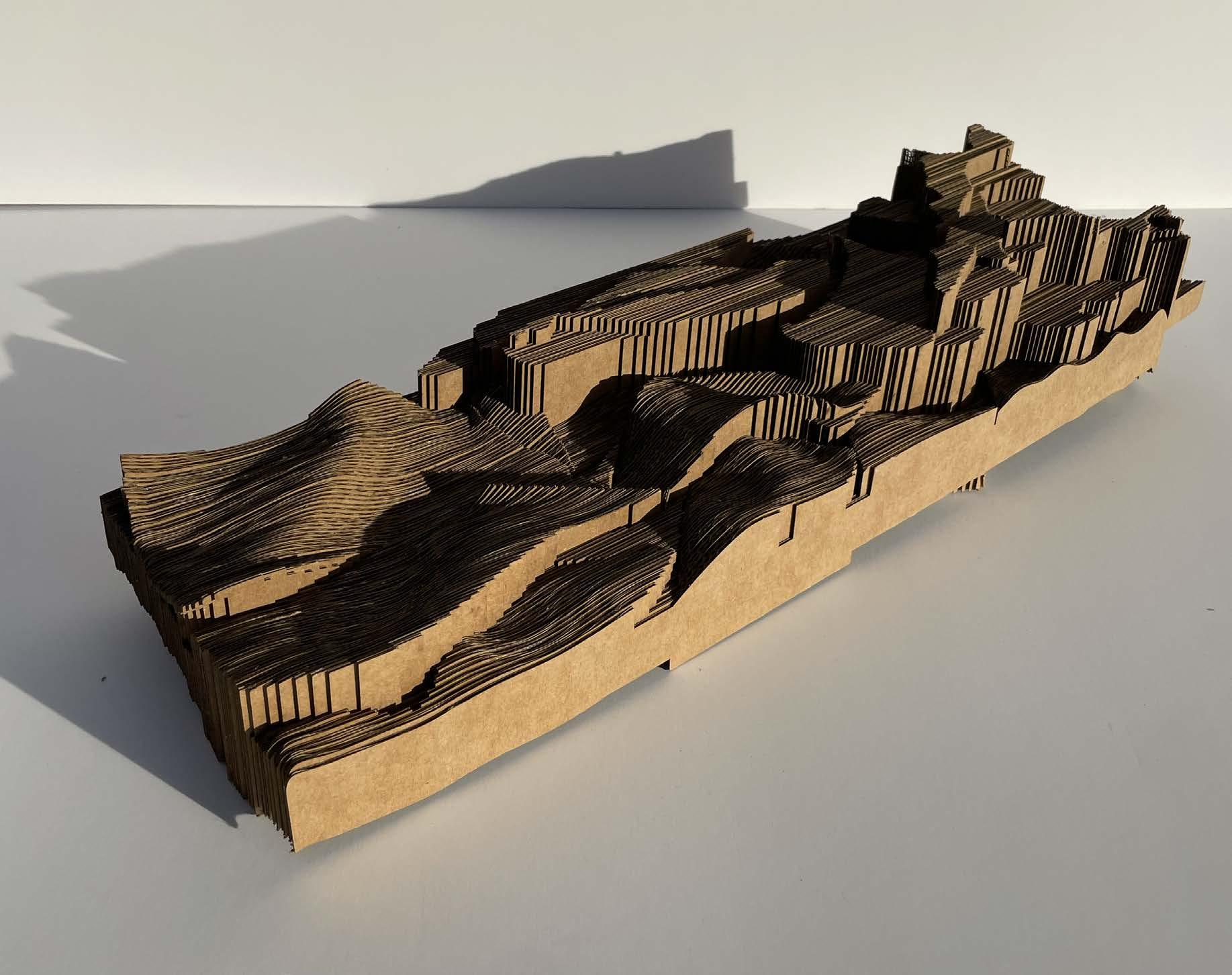
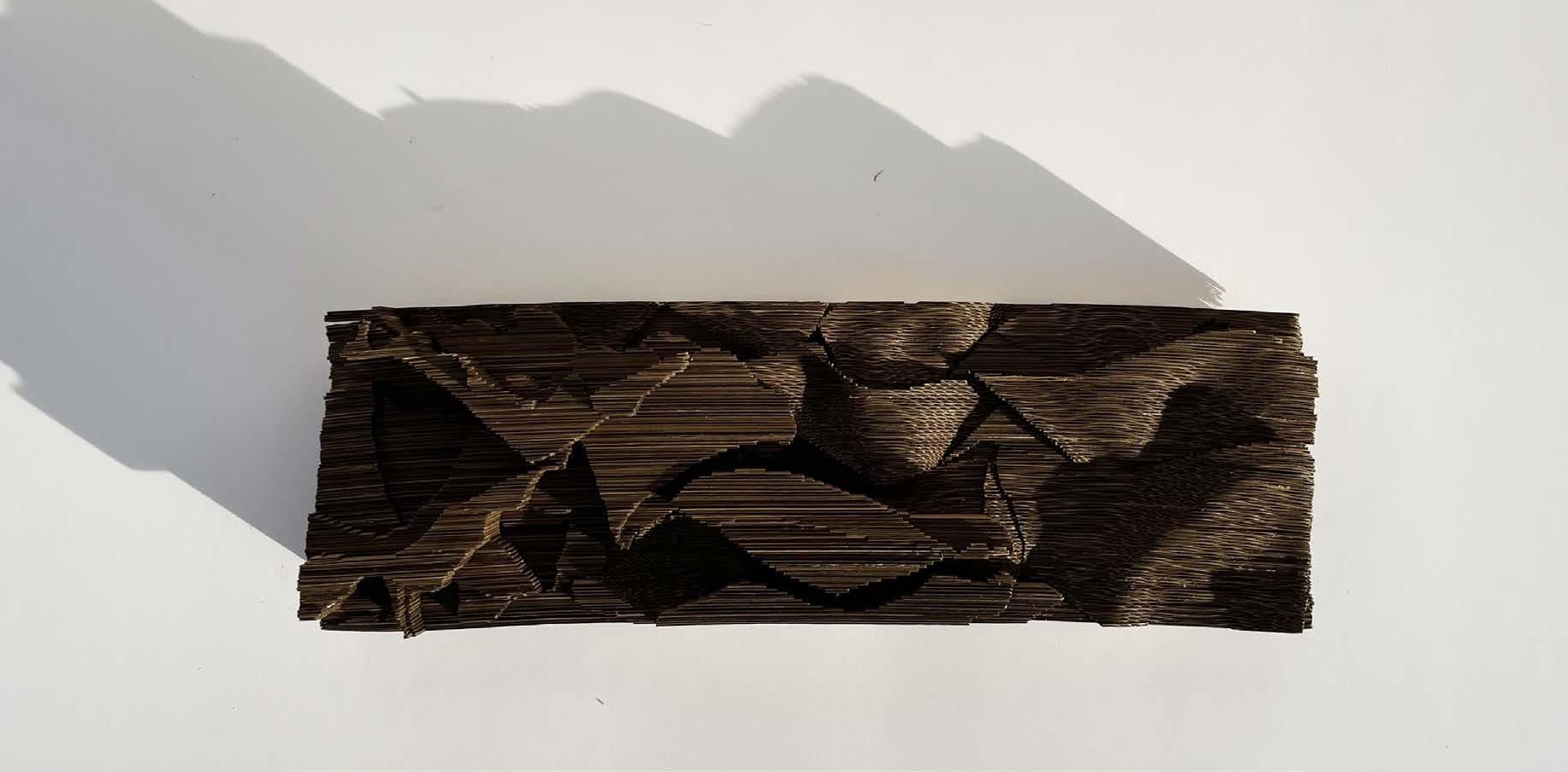
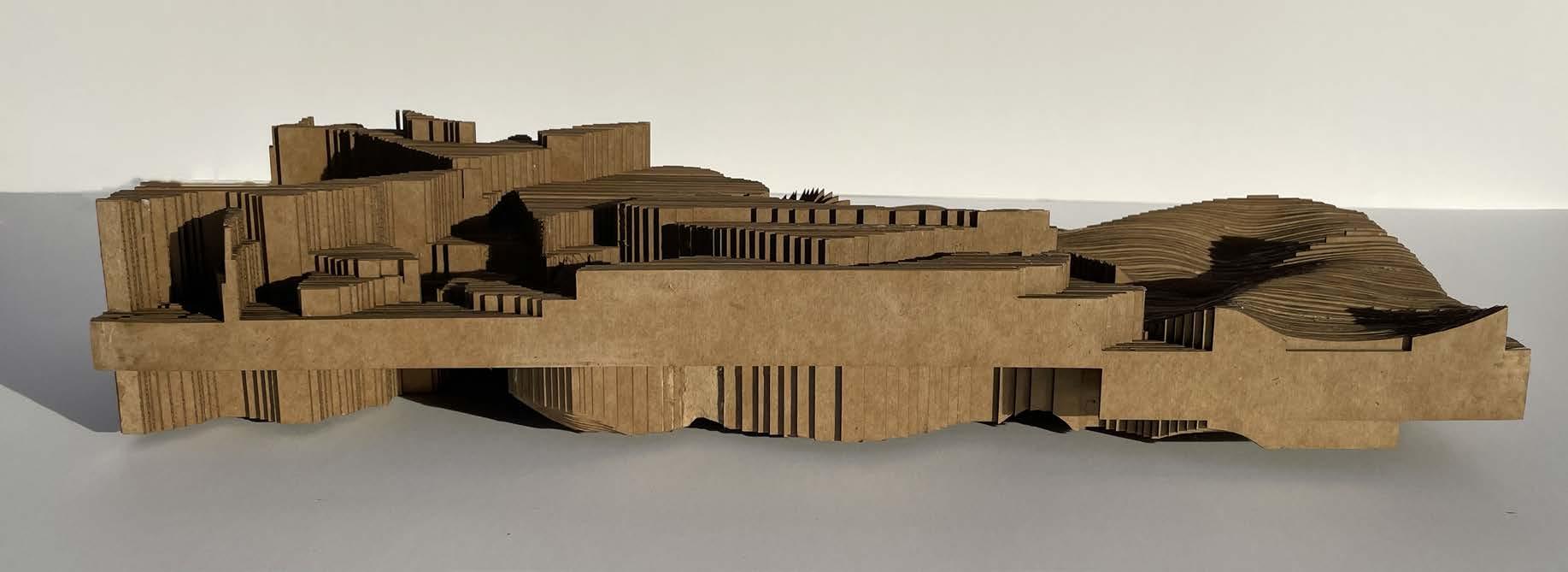
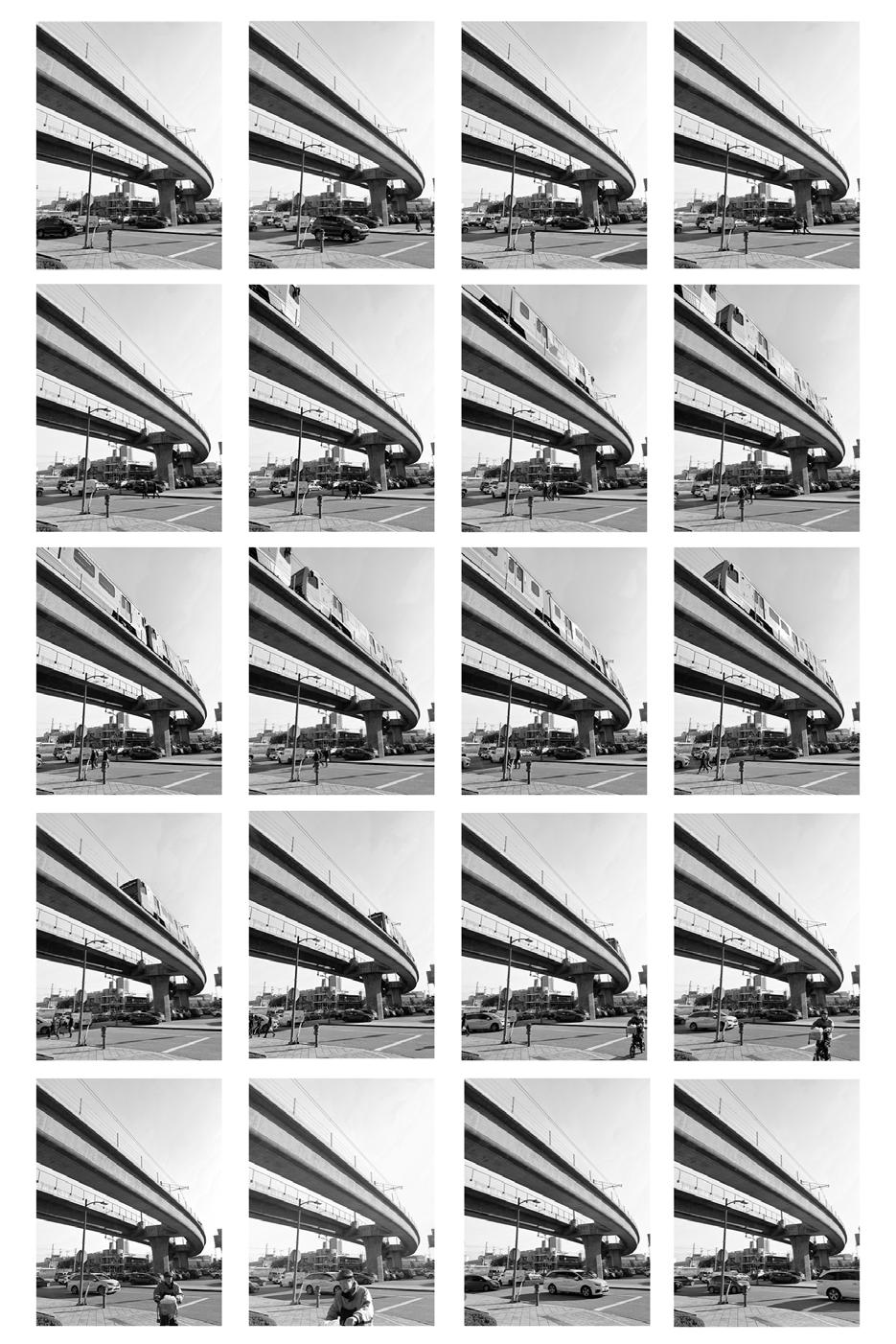
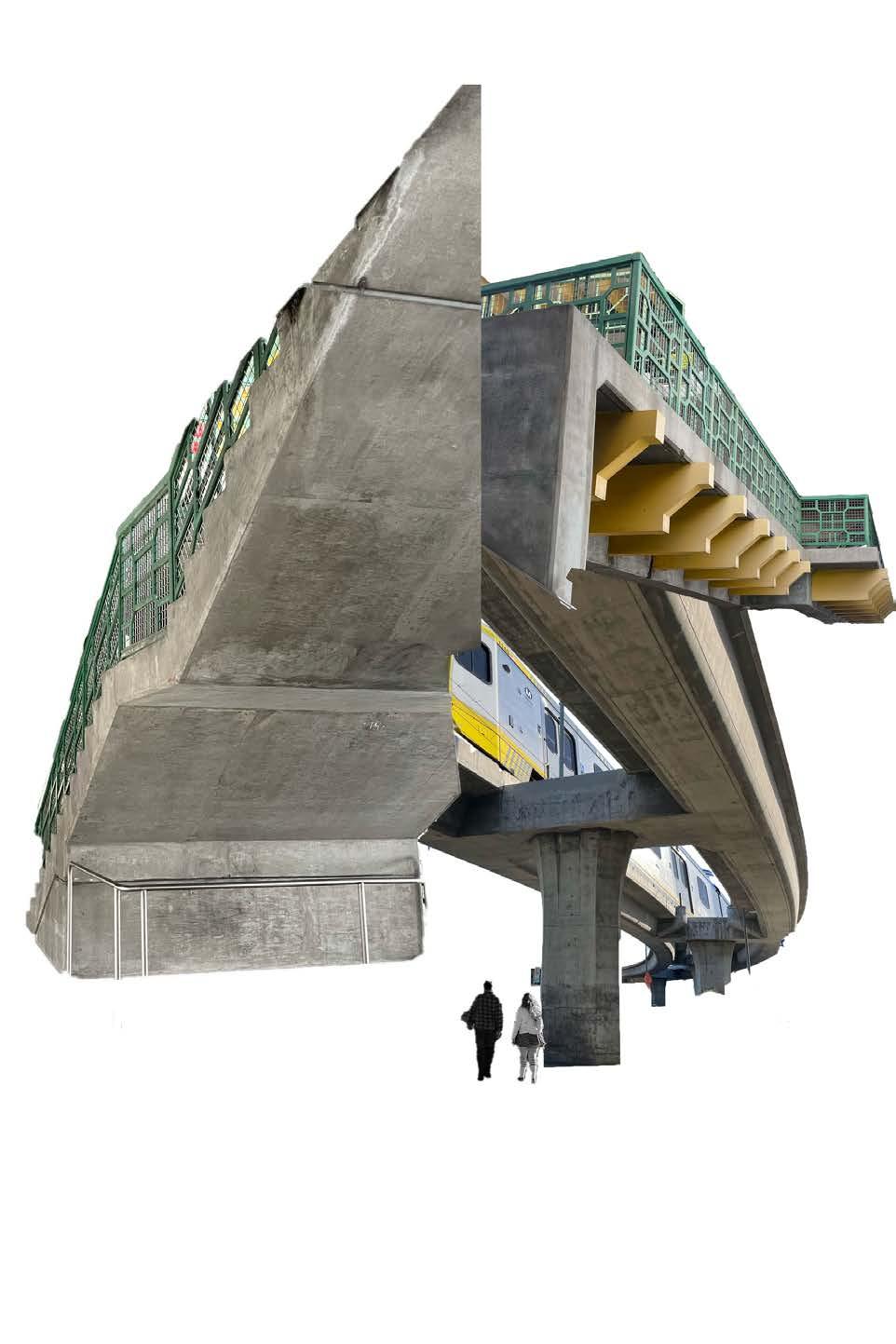
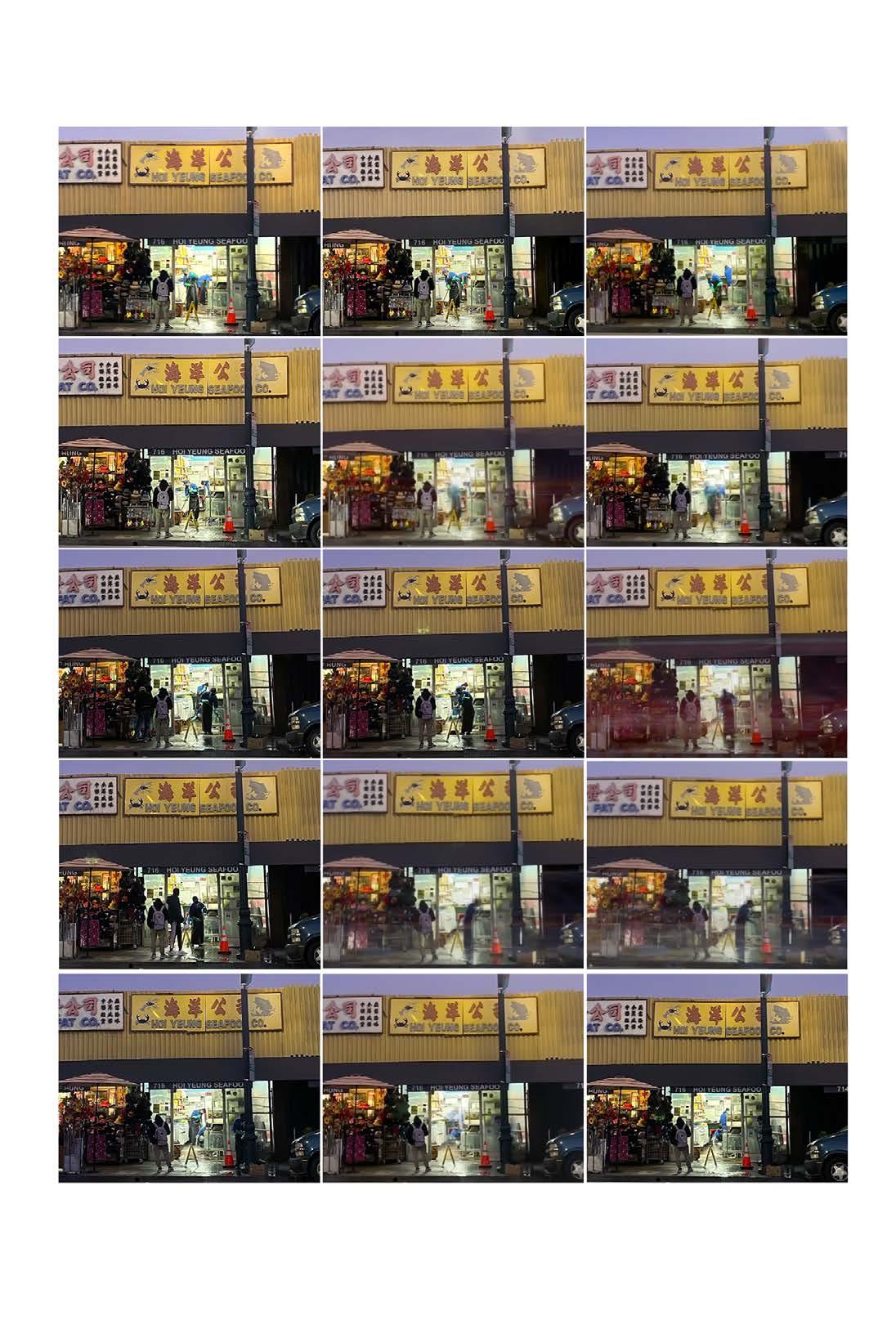
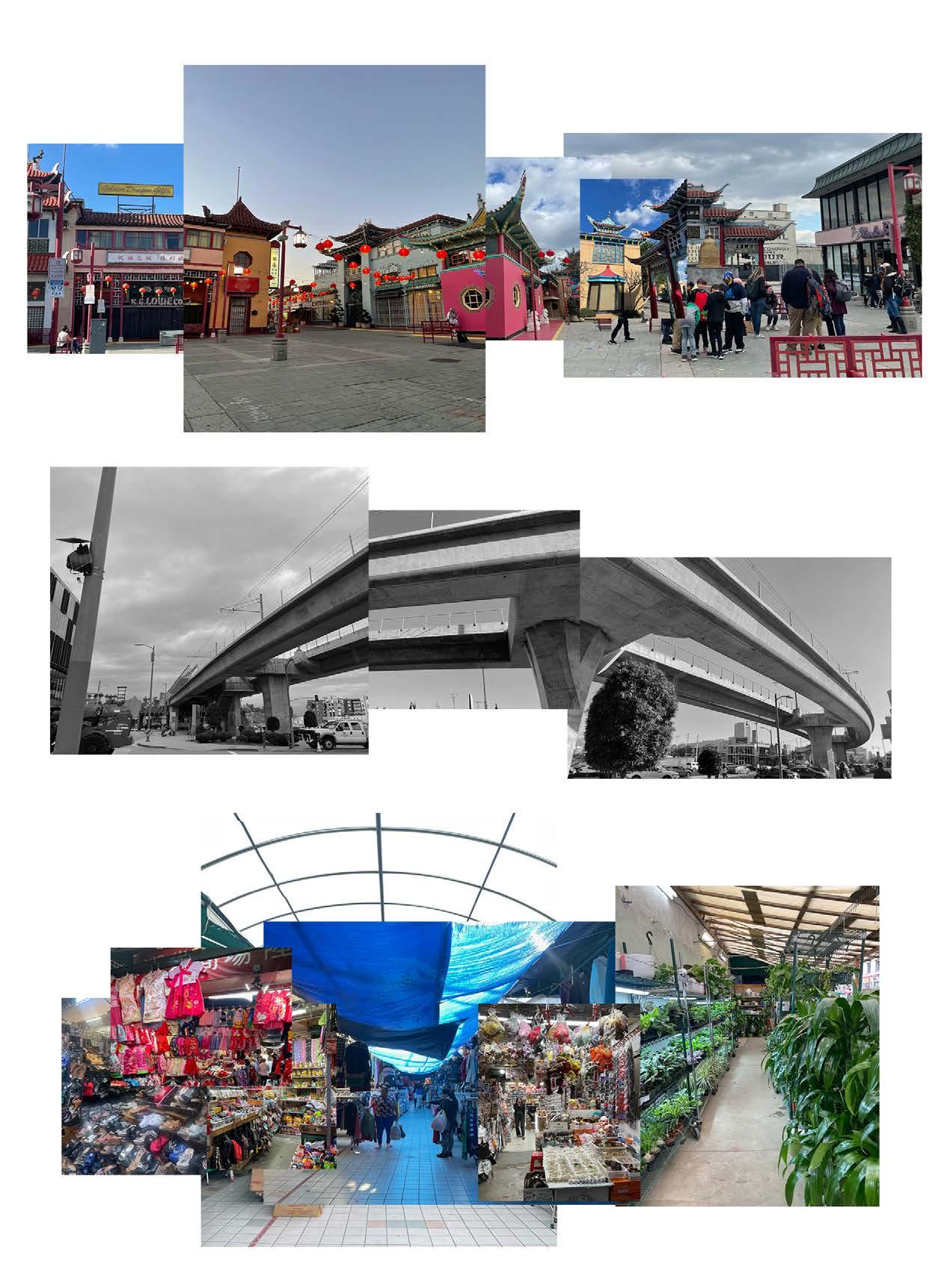
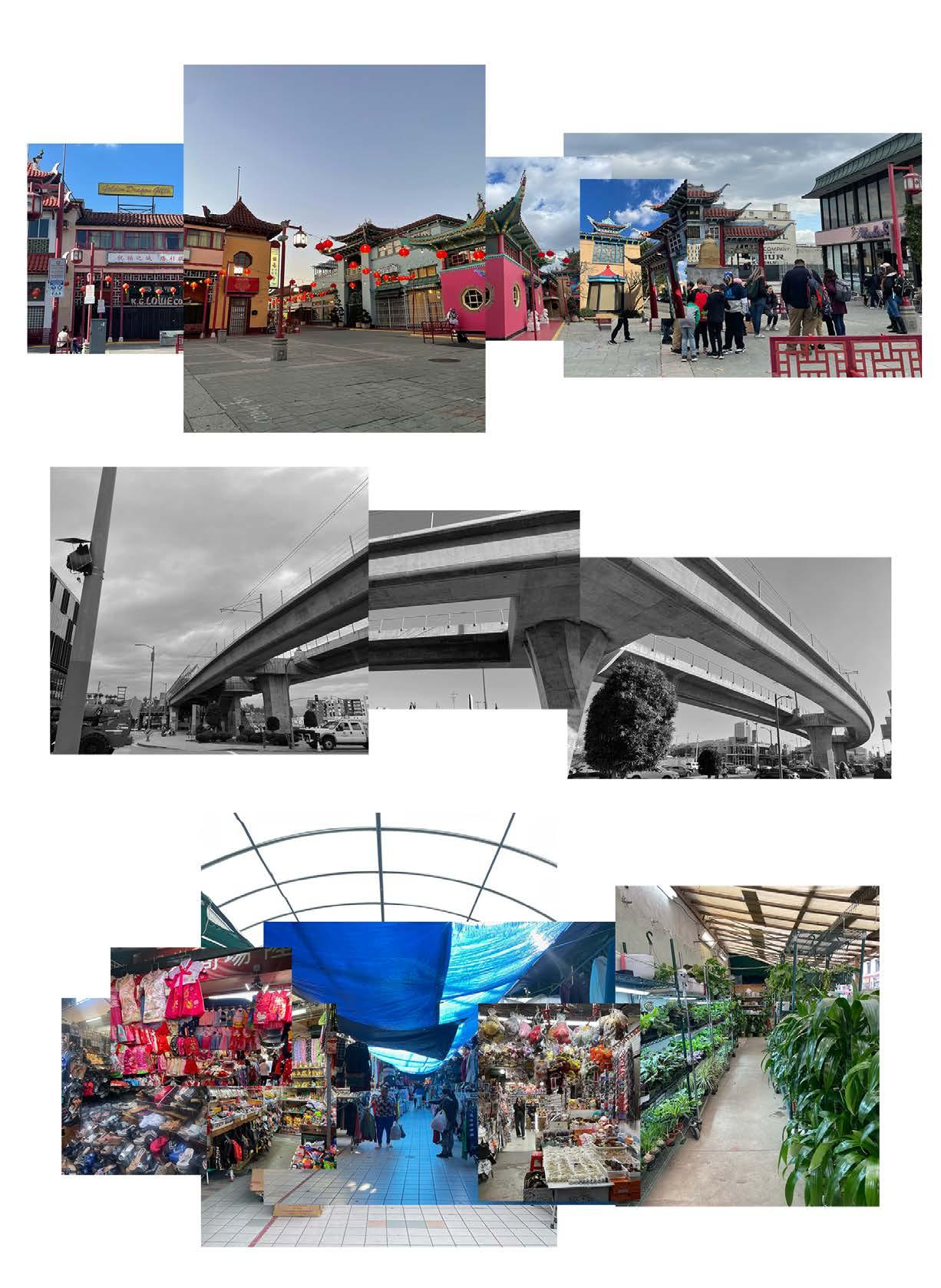
Hiroshima Block Types




